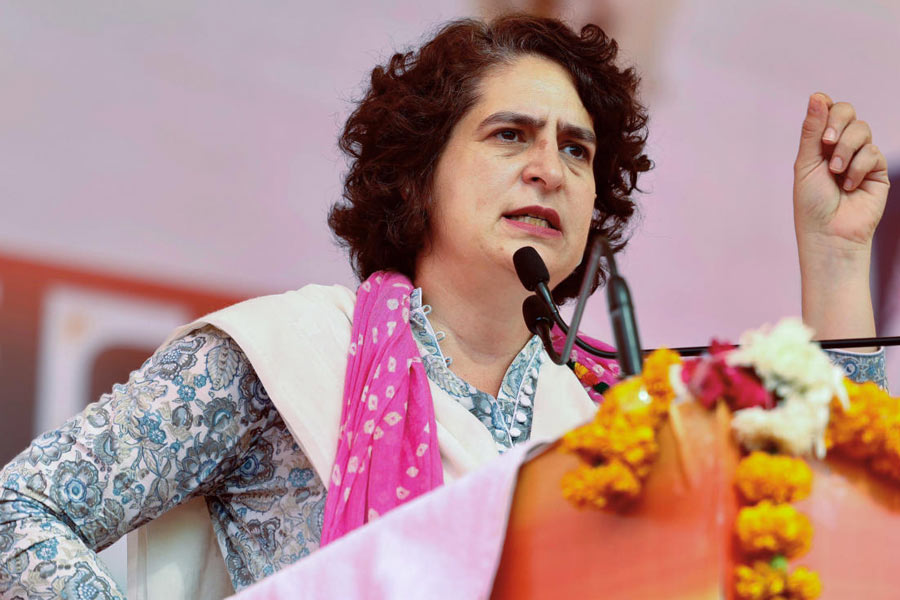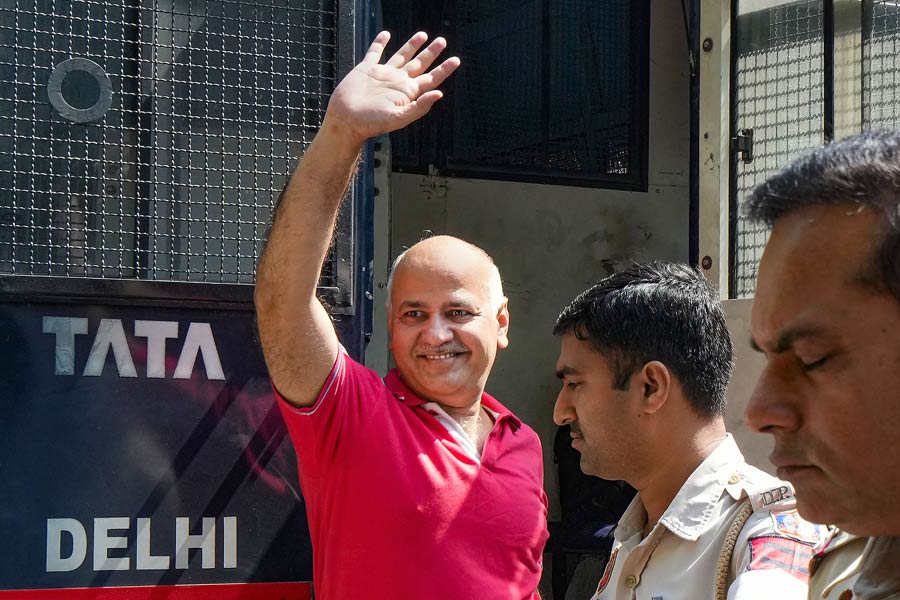Professor Bikash Sinha, a former director of the Saha Institute of Nuclear Physics and also of the Variable Energy Cyclotron Centre, questions the current scientific establishment’s “alliance” with the political brass in an interview with Subhoranjan Dasgupta, professor of human sciences
Subhoranjan Dasgupta: Are we giving far too much weight to technology in isolation, that is, technology minus science at the present juncture ?
Bikash Sinha: We must accept at this very moment that science drives technology, it is not the other way round. Technology, in other words, is neither sovereign nor autonomous, and if science ceases to sustain technology, the latter will collapse. This simple statement calls for a reassertion because powers-that-be and technocrats are trying to push basic science into a corner.
For example, the large HADRON collider at CERN is a technological marvel, but it was built primarily to discover Higgs Boson, the creator of mass. Moreover, because of CERN and its active and single-minded pursuit of basic science, France and Germany in particular, are in the top league of technology in the world. In short, science and technology are intrinsically related and the progress of the latter is basically dependent on the demand of the former.
Dasgupta: What pains us is the fact that marvellous Indian scientists, not technocrats, are faring extremely well abroad, but they are not contributing in any significant way to scientific research in their own country…
Sinha: I lament the fact that the traffic in this context is one-sided, and therefore not bilateral. This was not the situation in the sixties of the last century. At that point of time remarkable scientists like Homi Bhabha, Meghnad Saha, Prasanta Mahalanobis built up their institutes to promote scientific research and their institutes adopted an open door policy. Bhabha, Meghnad Saha and Mahalanobis built up dedicated teams of scientists at their centres — they were themselves great leaders. In spite of severe financial difficulties which those scientists had to bear in the past then they could attract the best Indian minds. But now, when we are financially much better off, we are failing to attract our own researchers working abroad. We feel very happy to send our sons and daughters to the West for higher education, but this unilinear traffic stops at that precise point. We do not prevail upon them to return and contribute to basic research in their own country.
We simply cannot ignore the fact that science is universal and we have to keep our doors and windows open for the world to enter. This open entrance and cooperative research will help to nurture the scientific temper here and sponsor creativity. We should make a fervent call to our Indian scientists to return home.
Dasgupta: How would you define the genuine scientific temper, which you miss here but you find in the advanced countries?
Sinha: I would depend on 3Cs to answer your question. The three Cs in this particular context are Creativity, Curiosity and Continuity. By the way, Einstein once observed, “I am not particularly intelligent but I am very curious”. Our institutes should be closely related to these three Cs and strive to produce enquiring as well as creative scientists, and not mediocre technocrats. The average or below average latter would like to see and consider technology divorced from genuine science.
I recall here Jamsetji Tata and Swami Vivekananda’s trip to the West in the same vessel. Inspired and encouraged by the savant, Jamsetji Tata built the Indian Institute of Science in Bangalore, with the patronage of the Raja of Mysore. Till date, this centre counts as one of the very best in our country.
Dasgupta: Why is it so that the Indian Institute of Science and the Tata Institute of Fundamental Research and a few others are still regarded as pioneering institutions, while many others have turned stale and unproductive?
Sinha: It is so because the other centres have admitted and encouraged mediocres. In fact, mediocres and petty technocrats have found their berths in these other centres from where they are merely propagating management of science and digital network as the viable remedies.
What is even more painful is that the powers-that-be are working hand-in-glove with these technocrats who seem the cherish an irrational fascination for the past. Indeed, when petty bureaucrats, politicians and pseudo-scientists come together, we are told that the brahmastra of the Mahabharat is a precursor to the nuclear missile, and Sanjay, with the aid of computers, narrated the events of the Kurukshetra war to Dhritarashtra.
Dasgupta: In other words, you would like to say that the current scientific establishment and political powers-that-be have entered into an unholy alliance?
Sinha: The current scientific establishment follows the diktat issued by the political overlords without a murmur. There is no dialogue, no exchange of opinion, no enquiring spirit. But scientists are not goats to be slaughtered at the altar of political propaganda. One such self-slaughter took place in the recently concluded Indian Science Congress at Jalandhar, when a sycophantic speaker wanted the name of Modi to be attached to a particular scientific process. He hit upon the name ‘Modiwave’. But wasn’t it Rabindranath who said that scientists are expected and duty-bound to keep their heads and hearts high and fearless? As he said, “chitto jetha bhoysunya (Where the mind is without fear)”.
Dasgupta: The very name of Rabindranath is so relevant. His Visva Parichay is a great treatise on science. And bearing him in mind, we need to ask what should be the relation between humanities and science ?
Sinha: A genuine scientist is motivated and inspired by deathless lyrics and immortal creative literature. He is also inspired by music, as was the case with Einstein. Indeed, the relationship between humanities and science should be close, intimate and cooperative, one should define and echo the other. For example, when Tagore writes ‘Bhuban Dole’ in Akash Bhara Suryatara he is speaking of the ‘oscillating universe’ — a pure scientific concept.
In my view, a scientist worth his salt should be a dedicated student of and cultivate history, philosophy and mathematics. Only when these three conjoin and come together, the scope of a scientific breakthrough is possible and imminent. The German expression Geisteswissenschaft grooves the three together — ‘geistes’ meaning spirit and ‘wissenschaft’ is science. The famous literary theorist, Lucien Goldmann, also had the coming together of history, philosophy and mathematics in mind when he coined the epithet ‘Human Sciences’.










